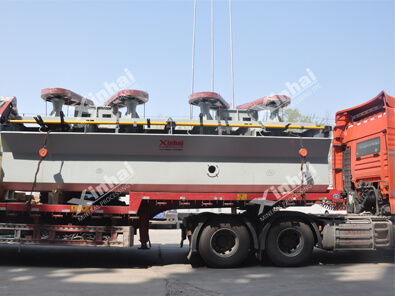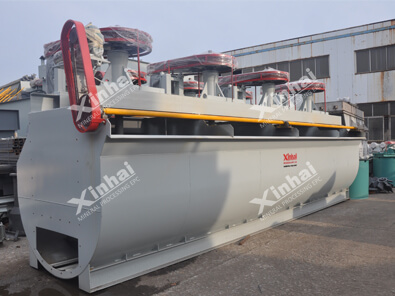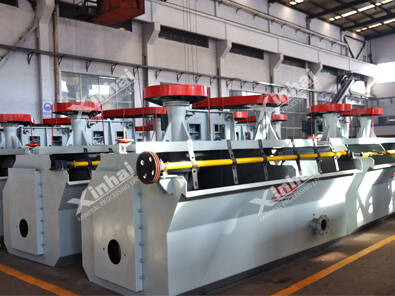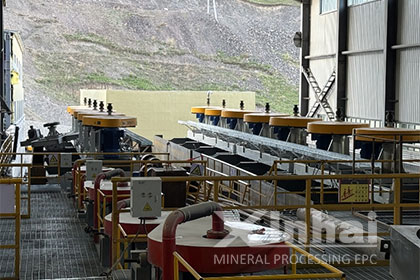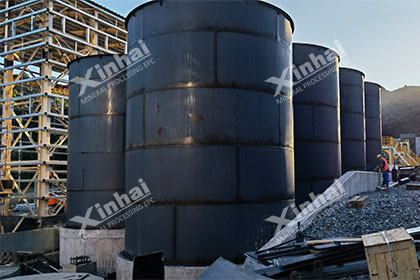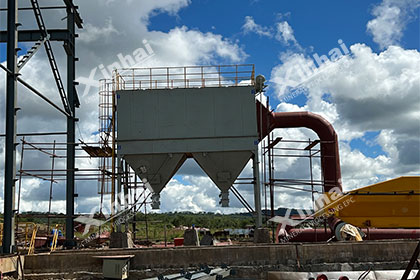The 4 Major Influencing Factors of Tin Ore Flotation
 Shirley
Shirley
 Apr 28, 2023
Apr 28, 2023
 1064
1064
If you want to know more details about equipment, solutions, etc, please click the button below for free consultation, or leave your requirements!
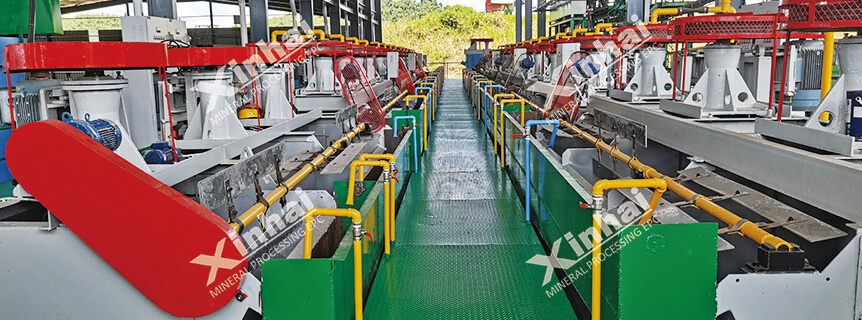
Tin ore has a relatively high density and large pieces of tin ore can be easily recovered through traditional gravity separation processes. However, due to the fragility of tin ore, it is easily crushed during grinding, resulting in the loss of a large amount of fine tin ore particles in the tailings. Flotation is an effective method for recovering fine tin ore particles and reducing tin metal losses in tin ore recovery. This article will introduce the four factors that influence tin ore flotation: pH value, particle-bubble interaction, metal ions, and flotation reagents.
01 The influence of pH value on tin ore flotation
BackThe recovery of tin ore varies greatly under different pH conditions. As the pH value increases, the adsorption of the collector by tin ore gradually changes, and the recovery rate first increases and then decreases. Within the pH range of 3-5, the adsorption of the collector by tin ore reaches its peak. Therefore, controlling the pH value within the range of 3-5 is more suitable for the recovery of fine tin ore particles. The suitable pH range may change according to changes in the reagent combination, and should be determined through beneficiation tests.
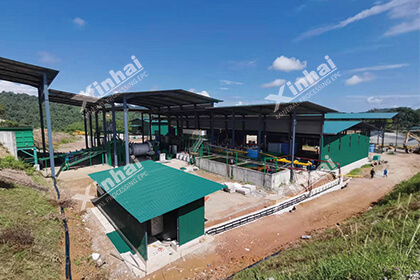
02 The influence of particle-bubble interaction on tin ore flotation
BackDuring the adhesion process between bubbles and tin ore particles, bubbles and tin ore particles come into contact and collide with each other. After multiple collisions, bubbles can capture tin ore particles. Properly reducing the bubble diameter can increase the probability of collision between bubbles and mineral particles, making it easier for fine tin ore particles to attach to bubbles, facilitating the mineralization process and improving tin ore recovery.
According to different reagent systems, the matching range between tin ore and bubbles is different. According to research results, in the system using salicylhydroxamic acid and tributyl phosphate as collectors, tin ore particles of three particle sizes (-10μm, -20+10μm, and -38+20μm) are matched with bubble sizes of around 45-59μm, 59μm, and 69μm, respectively. In the system using MOS reagents as collectors, the matching bubble sizes for four tin ore particle sizes (-10μm, -20+10μm, -38+20μm, and -74+38μm) are 69μm, 69μm, 45-59μm, and 69μm, respectively.
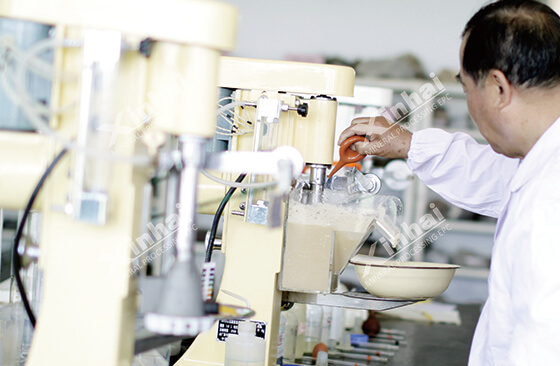
03 The influence of metal ions on tin ore flotation
BackTin ore is often associated with other metal minerals, and due to the mechanical effects of crushing, grinding, and mineral dissolution, other metal ions are often present in the flotation slurry, which can affect the tin ore flotation through electrostatic or chemical reactions. The metal ions that have a significant impact on tin ore flotation include iron ions, copper ions, calcium ions, lead ions, and magnesium ions.
Calcium ions, copper ions, iron ions, and magnesium ions all have inhibitory effects on tin ore, while lead ions can activate tin ore flotation within a pH range of 2-7.5 and have an inhibitory effect on tin ore recovery within a pH range of 7.5-12. Among them, the inhibitory effect strength is in the order of magnesium ions, copper ions, iron ions, and calcium ions. In actual production, appropriate reagent combinations should be selected based on the tin ore mineral composition through beneficiation tests to reduce the impact of metal ions on tin ore recovery.
04 The influence of flotation reagents on tin ore flotation
BackFlotation reagents play a crucial role in the flotation of fine tin ore particles. Tin ore has poor natural floatability and a high density, so the collector for tin ore needs to have stable selective adsorption, generally anionic collectors, such as fatty acids, phosphoric acids, arsenic acids, and hydroxamic acids, etc. To improve the adaptability of flotation reagents to tin ore flotation, combination reagents are often used for flotation.
Separating tin ore from other minerals effectively solely through the collector is difficult, so appropriate modifiers need to be added to optimize the slurry environment, activate tin ore while inhibiting gangue minerals, to achieve ideal flotation results.
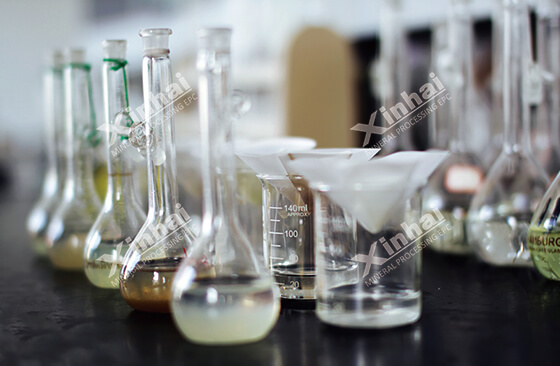
05To Wrap Up
BackThe above are the four factors that influence tin ore flotation. In actual production, due to the complexity of tin ore flotation, many factors need to be considered. It is recommended to conduct beneficiation tests before constructing a tin ore dressing plant, and based on the test results, formulate a scientific and reasonable tin ore flotation plan to reduce tin ore loss, improve economic benefits, and achieve the goal of rational resource utilization.
 +86 183 3575 8886
+86 183 3575 8886 pinklaurabao@gmail.com
pinklaurabao@gmail.com




 Message
Message Chat Now
Chat Now


